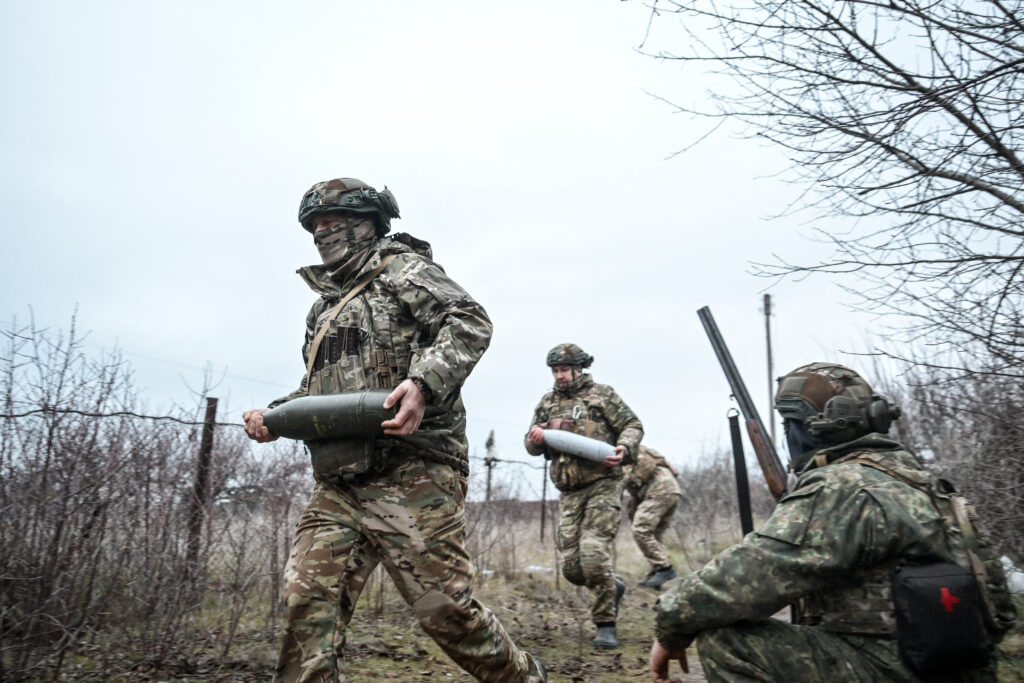Ukraine’s military chief, Oleksandr Syrskyi, confirmed on Sunday that Moscow has been forced to reduce its artillery ammunition usage on the frontline due to Kyiv’s persistent strikes on Russian production facilities.
In an interview with Ukrainian broadcaster TSN, Syrskyi stated that Ukraine’s long-range strikes into Russia are now producing positive results, as they are making the invading forces more cautious about their supplies.
“Here is a vivid example: If previously the figure reached up to 40,000 rounds per day, it is now significantly lower,” he revealed.
In April 2024, a US General highlighted the disparity between Russian and Ukrainian forces on the frontline, noting that for every artillery shell fired by Ukrainian forces, the Russians returned five.
He also cautioned that this imbalance could widen to 10-to-1 in just weeks if Ukraine did not obtain enough resources.
Strikes Deep Into Russia
Since being allowed to use Western-supplied weapons for strikes deep into Russia, Ukraine has carried out sustained strikes targeting key military infrastructure, including ammunition depots, command centers, and military airfields.
Last week, the Ukrainian military reported its “largest attack” to date, utilizing drones and missiles to successfully hit a fuel storage facility for Russian bombers and a manufacturing plant for rocket parts and artillery rounds.
The offensive continued with another strike on a gunpowder factory in the Tambov region.
A previous UK Ministry of Defence intelligence report revealed that a Ukrainian strike had resulted in the loss of 30,000 tons of ammunition, marking the “largest” loss for Russian forces up to that point in the war.
“The strikes will almost certainly cause, at a minimum, short-term disruption to Russian artillery and small-arms munitions supplies, critical resources in a war of attrition dominated by mass fires,” the report concluded.



